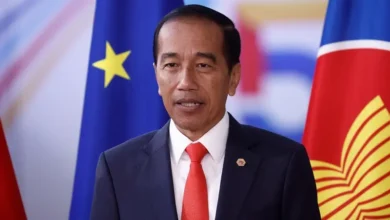NATO countries’ budgets compared: Defence vs healthcare and education

NATO leaders signed a deal to increase defence spending as the annual alliance summit in The Hague drew to a close after two days of meetings on Tuesday and Wednesday.
At the top of the agenda was a big new defence spending target demanded by US President Donald Trump, which will see NATO members spend 5 percent of their economic output on core defence and security.Which countries meet the current target of two percent?
In 2006, NATO defence ministers agreed to commit at least 2 percent of their GDP to defence spending. However, few did. It wasn’t until Russia’s annexation of Crimea in 2014 that member states agreed to spend 2 percent of GDP on defence by 2024 at the NATO summit in Wales in 2014.
Currently, 23 of the 32 member countries have met this target, with the alliance as a whole spending 2.61 percent of its combined GDP on defence last year.
Poland leads NATO countries in defence spending, committing 4.1 percent of its GDP, followed by Estonia and the United States at 3.4 percent each, Latvia at 3.2 percent, and Greece at 3.1 percent.
NATO countries bordering Russia, such as Estonia and Lithuania, have significantly increased their defence spending — from less than one percent of their GDP just 10 years ago.
The only NATO country whose defence spending in 2024 was less, as a percentage of its GDP, than in 2014? The United States.










